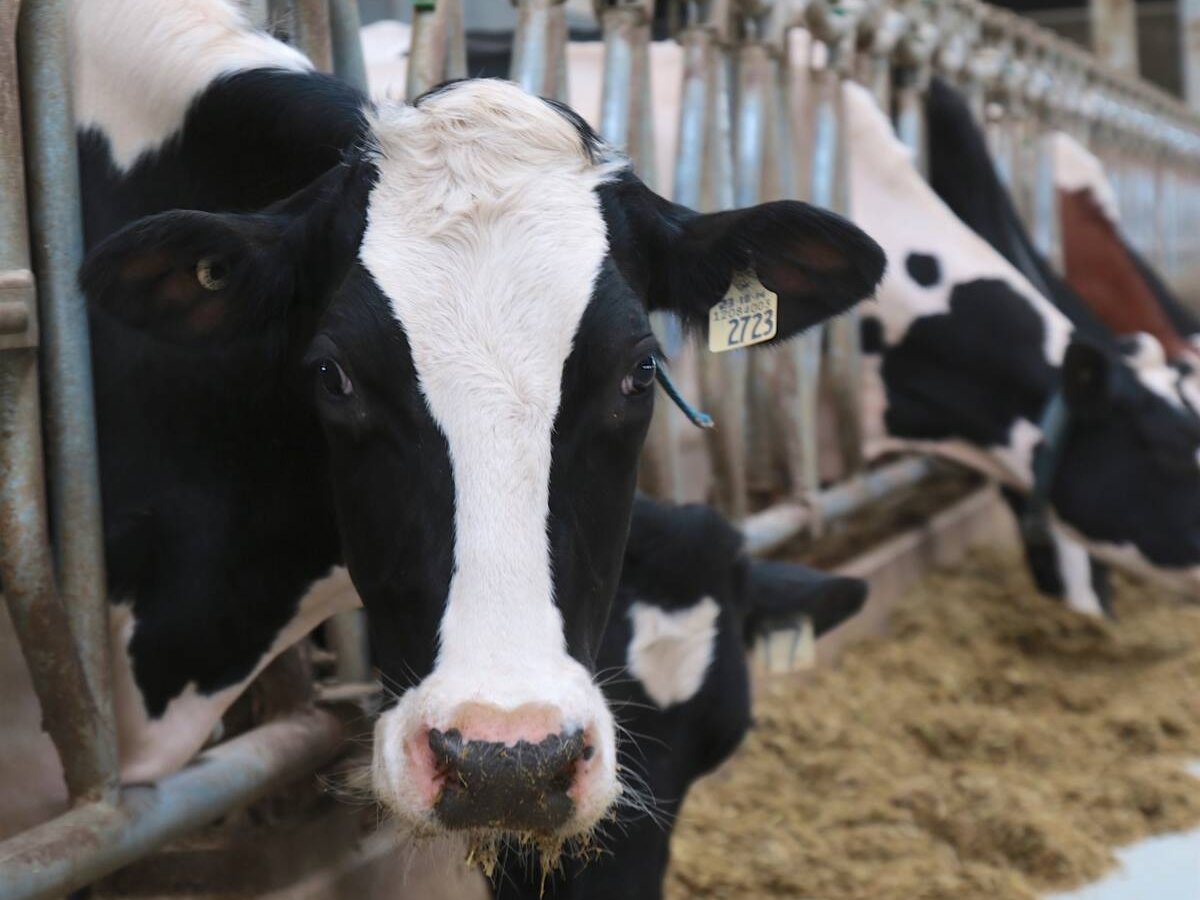n
Since the program started three years ago, 32 dogs have been placed at 16 farms. Seven dogs were lost due to fights with predators or because they didn’t bond properly to cattle on the farm.
n
Read Also

The Organization for Economic Co-operation and Development lauds Canada’s low farm subsidies, criticizes supply management
The Organization for Economic Co-operation and Development lauded Canada’s low farm subsidies, criticized supply management in its global survey of farm support programs.
n
Male and females work in pairs. Morgan Moore, a livestock extension representative with Manitoba Agriculture, said males and females have distinctive roles on the team.
“The male is the social and outgoing dog …. They’ll raise their hackles and they’ll bark and wag their tale … to hold the attention (of an intruder or predator).”
Meanwhile, the female will slink out of sight and then attack, if needed, from the blind side or downwind.
n
Bonding to cattle is crucial.
“The most important thing is to stay out of the road of the dog and let instinct take over,” Moore said.
Humans have to stay away when the dog is a puppy and allow it to bond solely with the livestock. After that, the sheepdog’s instincts take over.
n
Certain dogs in the program have GPS collars.
After reviewing the GPS data, Manitoba Agriculture staff found that the dogs maintain a consistent patrol schedule.
“You can set your watch by a dog based on their routine. A dog will make the exact same trip through an area of bush or the perimeter of a field every night. It will be between 2 and 2:05 every night,” Moore said.
“We had no idea that they were that rigid.”
As well, GPS data shows the dogs patrol an area of about a quarter section, which is slightly less than the literature on the subject and indicates that dogs will patrol a radius of a 1.6 kilometres.














